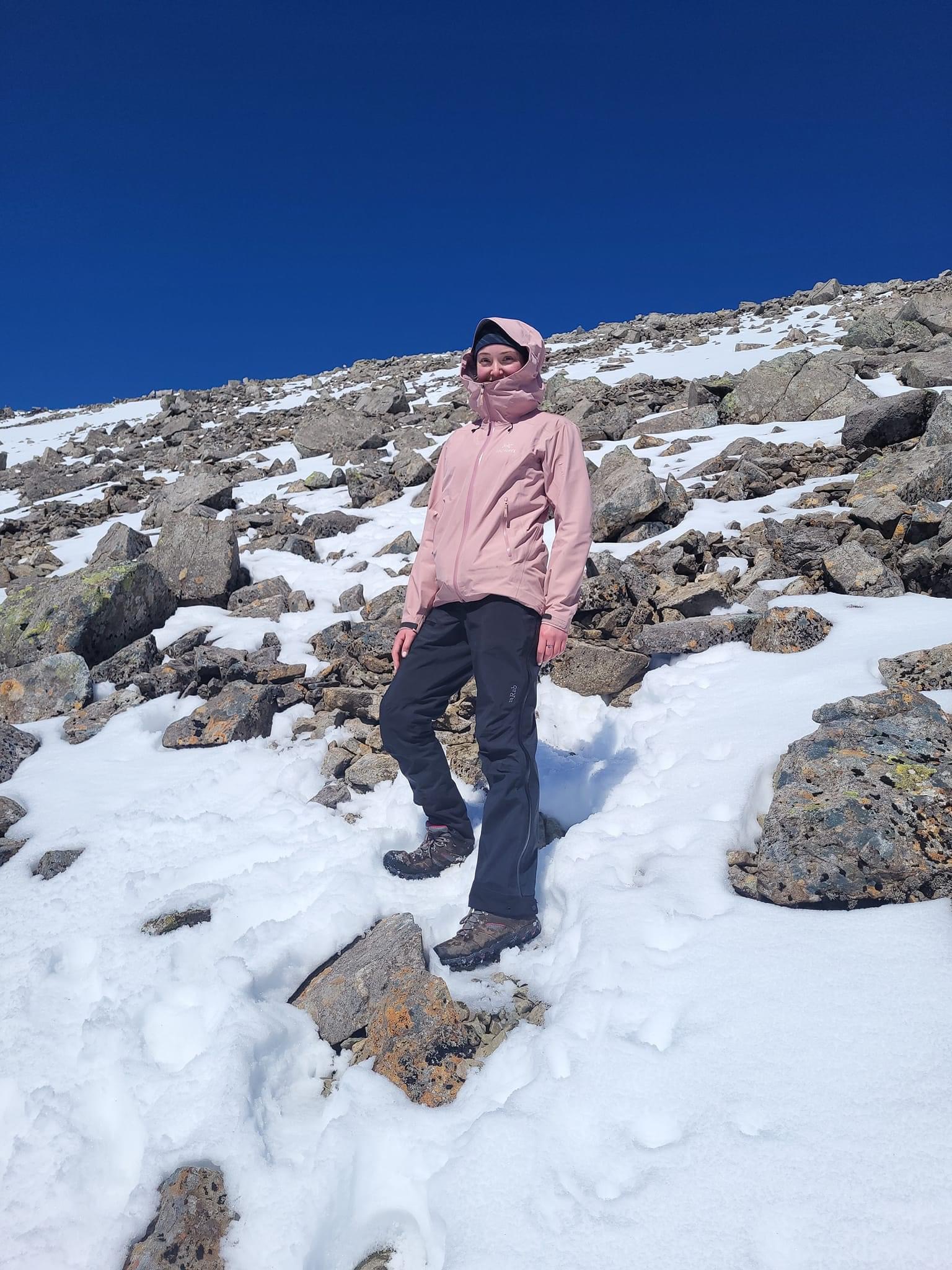6 common running pains you shouldn't ignore, how to fix them and when to see a physician
Reduce your chances of injury by listening to your body and treating these aches, pains, and ailments appropriately
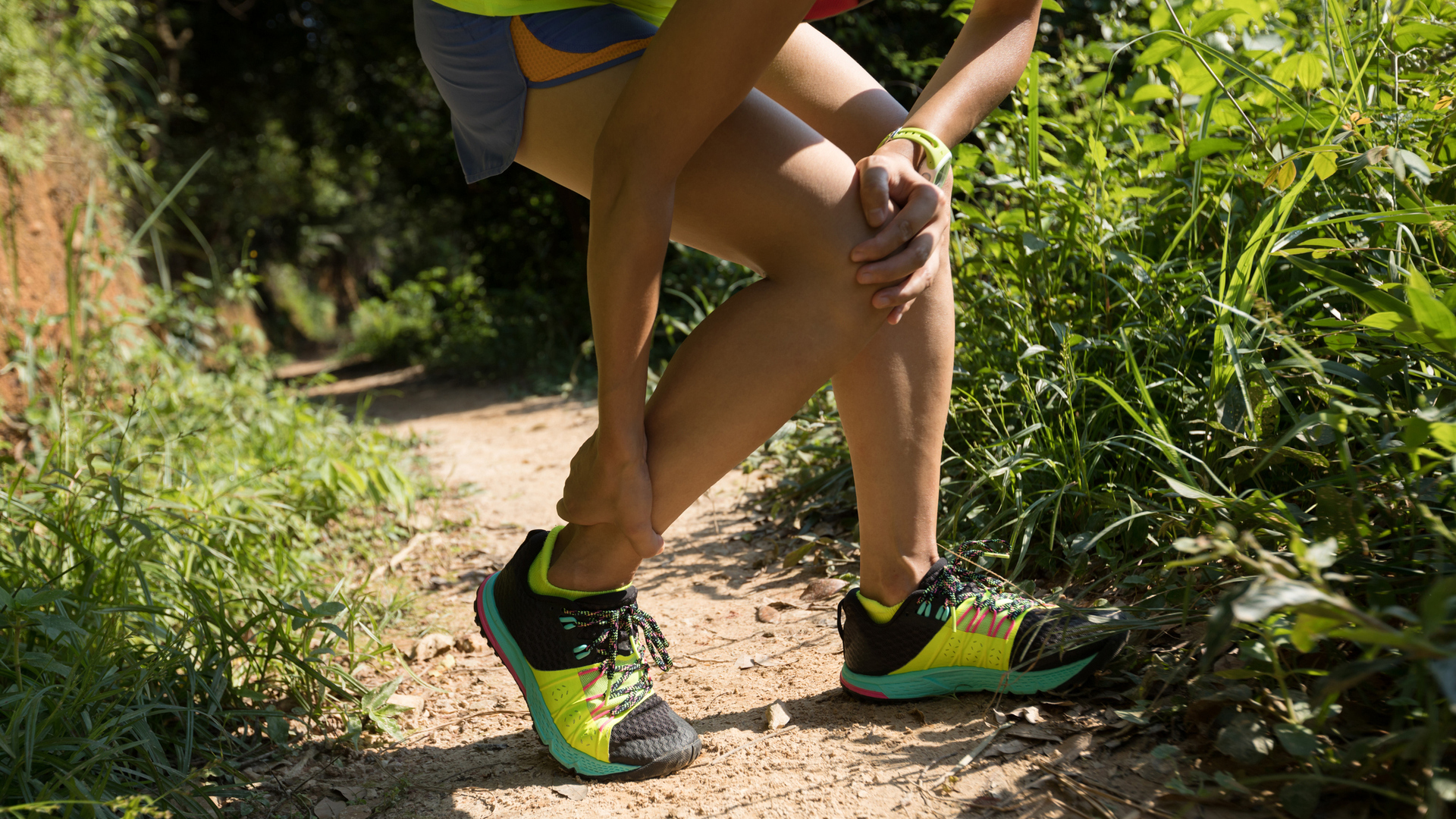
I think we can all agree that running is a relatively low-risk sport. There are minimal hazards, no dangerous equipment, and no contact with other people or players to worry about – and yet, nearly every runner will experience a running injury at some stage in their life.
The long and short of it is this: pain indicates injury. Typically, these are examples of overuse injuries as opposed to, say, direct trauma, but they can still cause serious problems. Shin splints, tendonitis, IT band syndrome; there's a seemingly never-ending list of pains and ailments directly associated with running, and even the best trail running shoes won't necessarily keep them at bay.
When it comes to the symptoms, however, many of us just brush them aside and choose to dose up on painkillers so we can run through the pain. Even if you're sat there feeling smug thinking you're one of the lucky few yet to succumb to a road or trail running injury, chances are you already have without realizing it. Many of us fail to associate certain aches, pains, and niggles as a direct result of our exercise, disregarding them at the expense of our health and future training.
If you want to know which pains are actually a cause for concern (spoiler: it's most of them) we asked experts what symptoms to look out for and the steps you can take to promote healing and prevent further injury. So, without further ado, here are six common running pains you should never ignore along with their likely causes.
1. Side of the knee
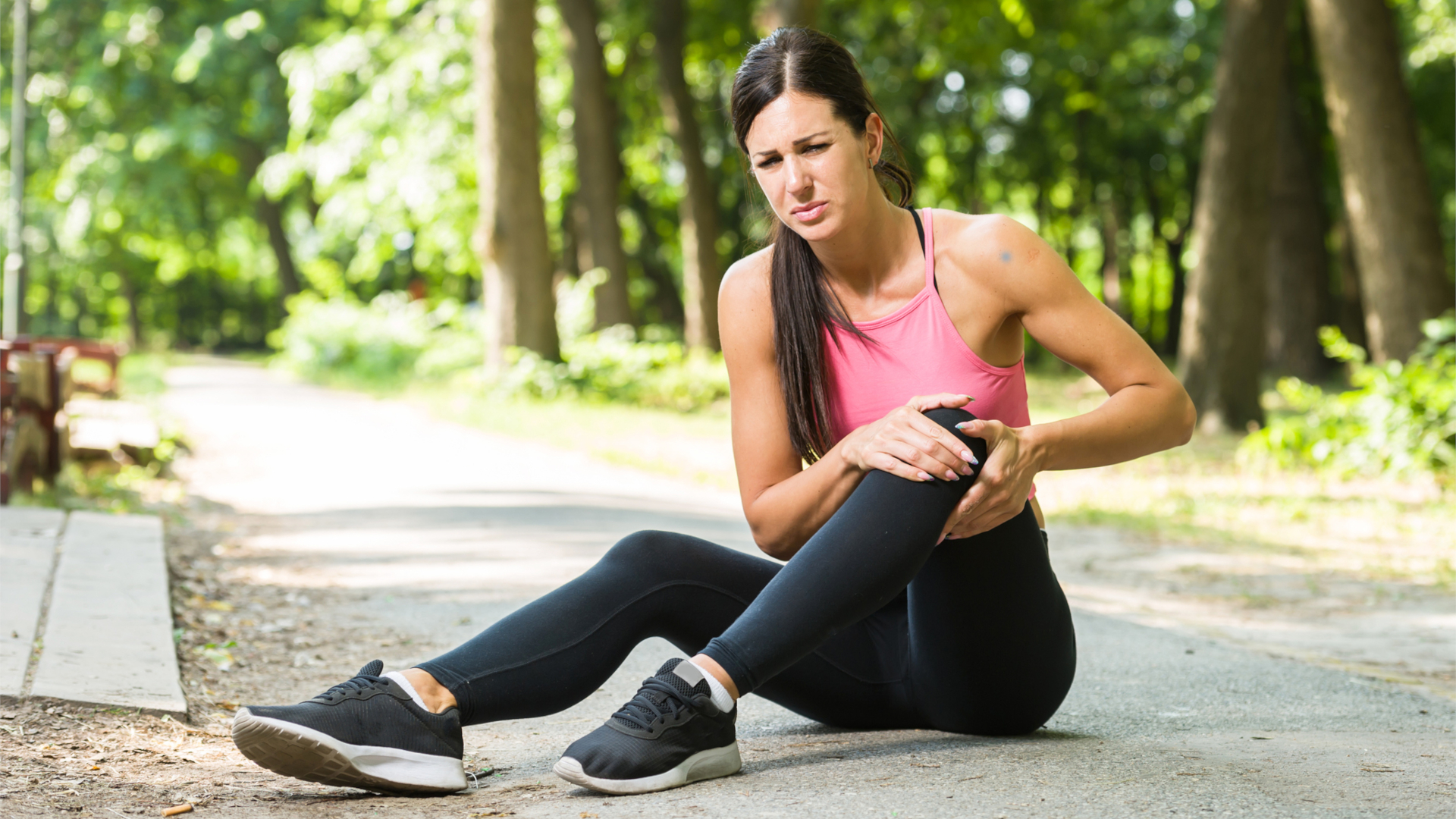
- Likely cause: IT band syndrome
Ever felt a burning or aching sensation on the outside of your knee during or after a run? Chances are it's your iliotibial (IT) band. This thick band of tissue runs from the hip to your knee on the outside of your leg, helping to stabilize both joints. Unsurprisingly, it's always engaged while you run, so it's a common cause of complaint among runners. It's also a pain you won't want to ignore.
"IT band issues start as an uncomfortable feeling of tightness on the outside of the knee and can evolve into a more painful sensation while running," says Seth Buchwalter, a running coach at the health club Life Time Beaverton.
In most cases, pain manifests because the ligament is too tight. "If the IT band structure is tight, it can cause pressure against the lateral knee and cause rubbing as the knee flexes and extends," explains Irene S. Davis, past-president of the American College of Sports Medicine and a professor in physical therapy & rehabilitation sciences. If you don't treat it, your pain will only worsen and your recovery will period will be drawn out further.
All the latest inspiration, tips and guides to help you plan your next Advnture!
HOW TO FIX
Irene says that a local massage and stretching along the length of the IT Band may be helpful in reducing pain and easing tightness. "For a longer term fix, strengthening of hip musculature has been associated with reduced IT Band Syndrome symptoms," she adds.
Seth adds that stretching and foam rolling your IT Band are two of the best ways to help alleviate the pain associated with this injury. "Use a foam roller on the outside of your leg, between the knee and hip to work the IT band," he says. "To stretch the plagued leg while standing, cross the injured leg behind the other and lean to the opposite side. You can also cross your legs and forward fold. Of course, rest is always a great option."
2. Front of the knee
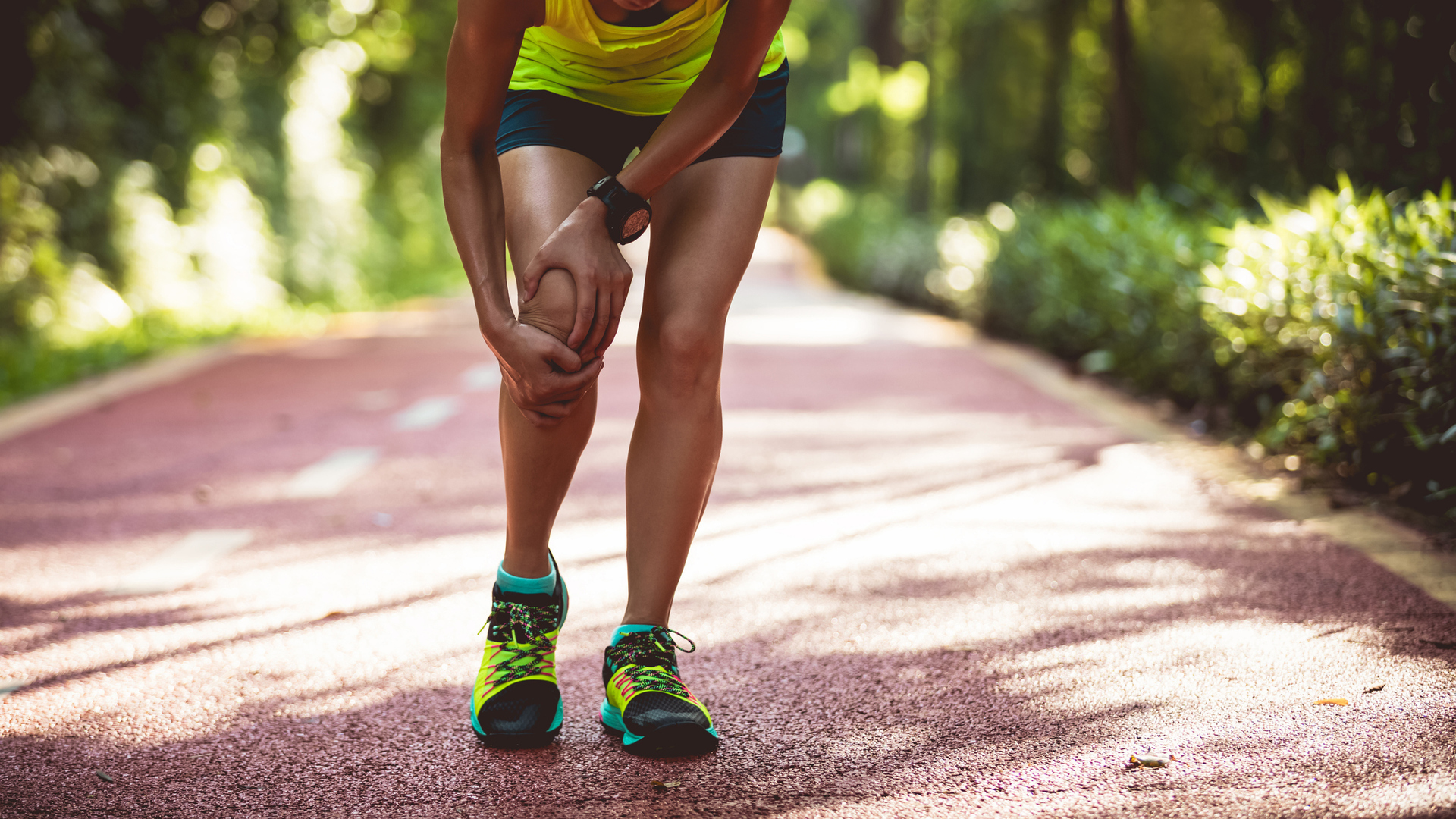
- Likely cause: Patellofemoral Pain Syndrome (Runner's knee)
When it comes to the anatomy of a runner, knees are notoriously injury-prone. If your pain is localized to the front of the knee, on or around the kneecap itself, you're likely suffering from Patellofemoral Pain Syndrome, otherwise known as runner's knee.
What is runner's knee? In simple terms, it's when the underside of your kneecap becomes inflamed. If you think of your knees as natural shock absorbers, it's easy to understand why cartilage in this area is working overtime while running.
Irene says this is the most common type of pain a runner experiences. "It can arise from weak hip and knee muscles," she says. "It can also be associated with a faulty gait pattern, such as a knock-kneed alignment during running."
HOW TO FIX
A first line of defense is to strengthen your hip and knee muscles with some of the key strength moves every runner should know. If your running gait type is to blame, you can address the issue with some gait retraining. "Runner's knee has been associated with increased impact forces in runners who land on their heels," says Irene. "Transitioning to a forefoot strike pattern will eliminate the impact force and result in a softer landing."
Registered running coach Stephanie Hnatiuk says it's important to seek medical intervention if you experience sharp or intense pain. "You should also visit a physician if the pain doesn't improve with additional rest or recovery modalities, or if the pain changes running gait," she says.
3. Bottom of the foot

- Likely cause: Plantar Fasciitis
Foot pain when running is more ubiquitous than you'd think, with pain along the sole of the foot being a common grievance. While it could be the result of a number of things, Plantar Fasciitis is most commonly to blame.
"Plantar Fasciitis occurs when the connective tissue between your heel and toes (plantar fascia) becomes irritated," explains Seth. "This connective tissue supports the arch of your foot, so any issue with it will certainly cause discomfort or pain. Normally the pain is at its worst in the morning, after a night of sleeping and no movement, but as the injury progresses, the pain may continue at all times during a run or walk." Left untreated, it can lead to chronic pain and even rupture of the plantar fascia ligament.
HOW TO FIX
Besides rest, Seth says one of the best ways to alleviate this pain is to roll the bottom of your foot with a lacrosse ball or other firm round object that can be used as a running recovery tool.
"An over-the-counter arch support can also be used temporarily to support the arch while it is acutely painful. However, it is important to gradually wean away from the support so as not to further weaken the muscles of the arch which support the plantar fascia," adds Irene. "Another approach to strengthening the feet is to wear flexible shoes that have no support. These shoes are referred to as minimal shoes and research studies have all shown that foot muscles get stronger when walking in these types of shoes." The best barefoot running shoes elongate and stretch the plantar fascia, relieving pain and improving flexibility.
4. Back of the ankle
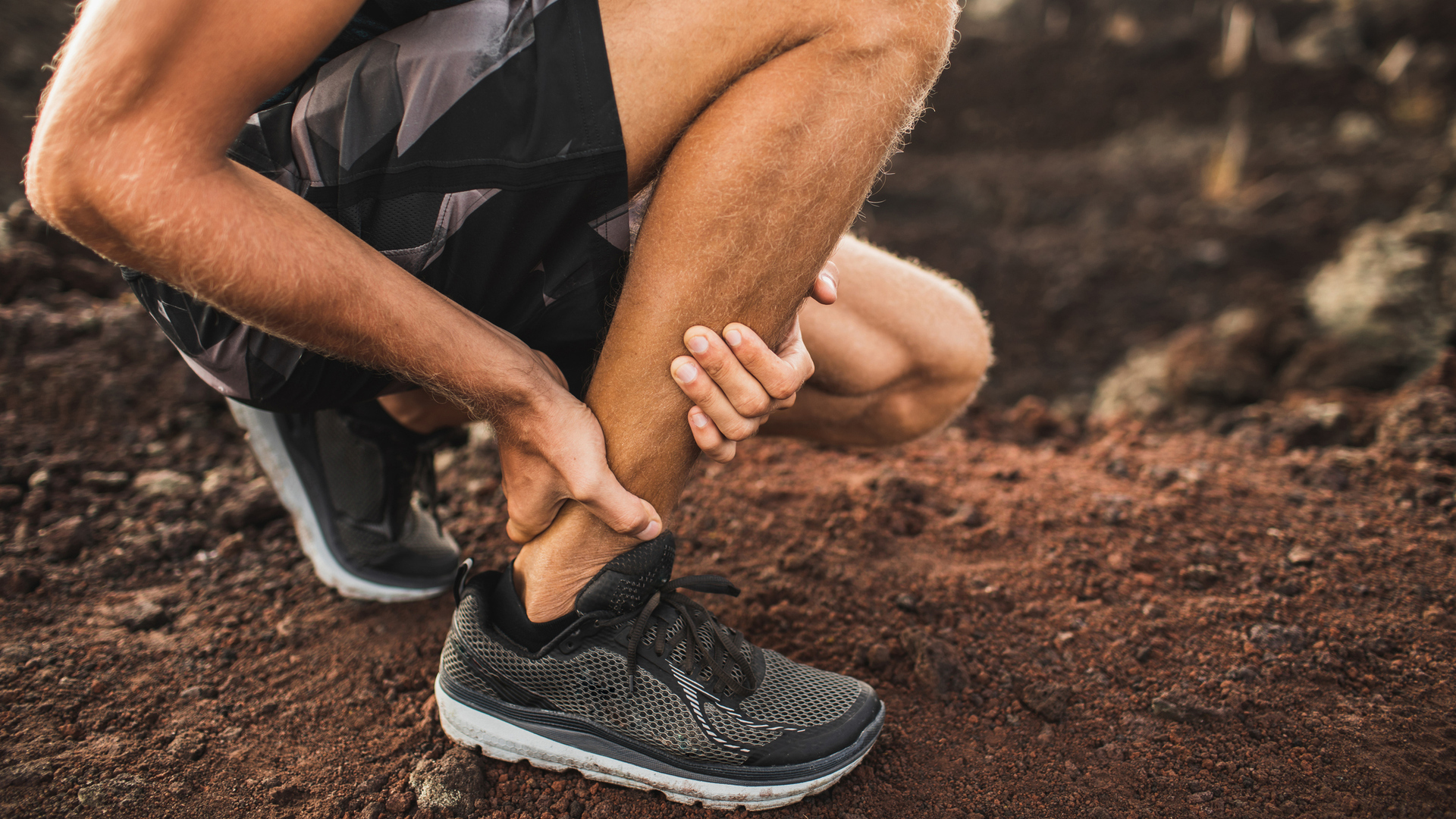
- Likely cause: Achilles Tendinitis
The Achilles tendon is a vital part of a runner's kinetic chain, acting like a spring that releases energy every time you stride. Pain in the back of the ankle, then, is not to be ignored.
"Pain in the thick tendon on the back of the ankle that connects the calf muscle to the heel is likely Achilles tendinitis," Irene says. "This can arise from increased load to the posterior calf, such as that associated with uphill running. It can also develop as a result of quickly transitioning to a running shoe with a lower heel-to-toe drop than you are accustomed to, increasing the force on the Achilles tendon." Weak or tight calves can also be the culprit, especially with newer runners.
Failure to treat Achilles tendinitis can lead to a complete rupture of this tendon, with recovery taking four to six months.
HOW TO FIX
According to Irene, gentle stretching alongside calf strengthening exercises such as heel raises can be helpful. "Temporarily adding a small lift under the heel can also relieve the stretch on the Achilles tendon," she says. "Once it calms down, the lift should be gradually removed."
5. Shins
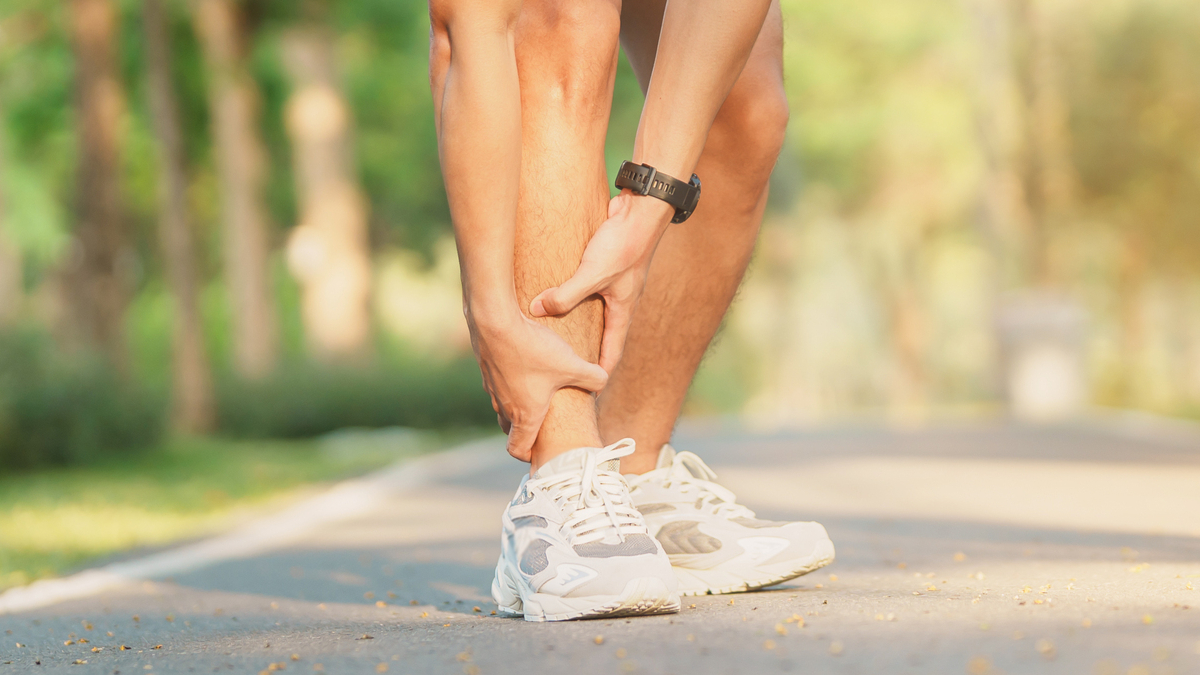
- Likely cause: Shin splints
If you've just started trail running or road running, you might experience a tenderness along the inner side of your shinbone. Known as shin splints or tibial stress syndrome, this is a common pain among newer runners due to the fact their tendons and bones haven't been conditioned yet. Irene adds that it can also be a side effect of heel striking in beginners, too.
This overuse injury can also occur in more experienced runners if you've increased your training too quickly, too, "whether it's a vast increase in mileage without working up to it, or changing your training to a harder surface, such as going from treadmill or trails to road," says Seth.
HOW TO FIX
In most cases, shin splints can be kept at bay by easing into any increase in mileage or intensity when training. "This isn’t the most serious injury and can be healed over time with more rest, proper shoes for the surface upon which you’re running and icing," says Seth. "As you increase your running strength, you’ll likely no longer feel the impact of shin splints. However, continued increased effort with shin splints without taking the time to address them may result in a stress fracture."
"Running with a more natural landing on one's forefoot has also been shown to reduce this pain by shifting the load from the smaller anterior muscles of the lower leg to the larger posterior calf muscles that are better able to handle it," adds Irene.
6. Hips
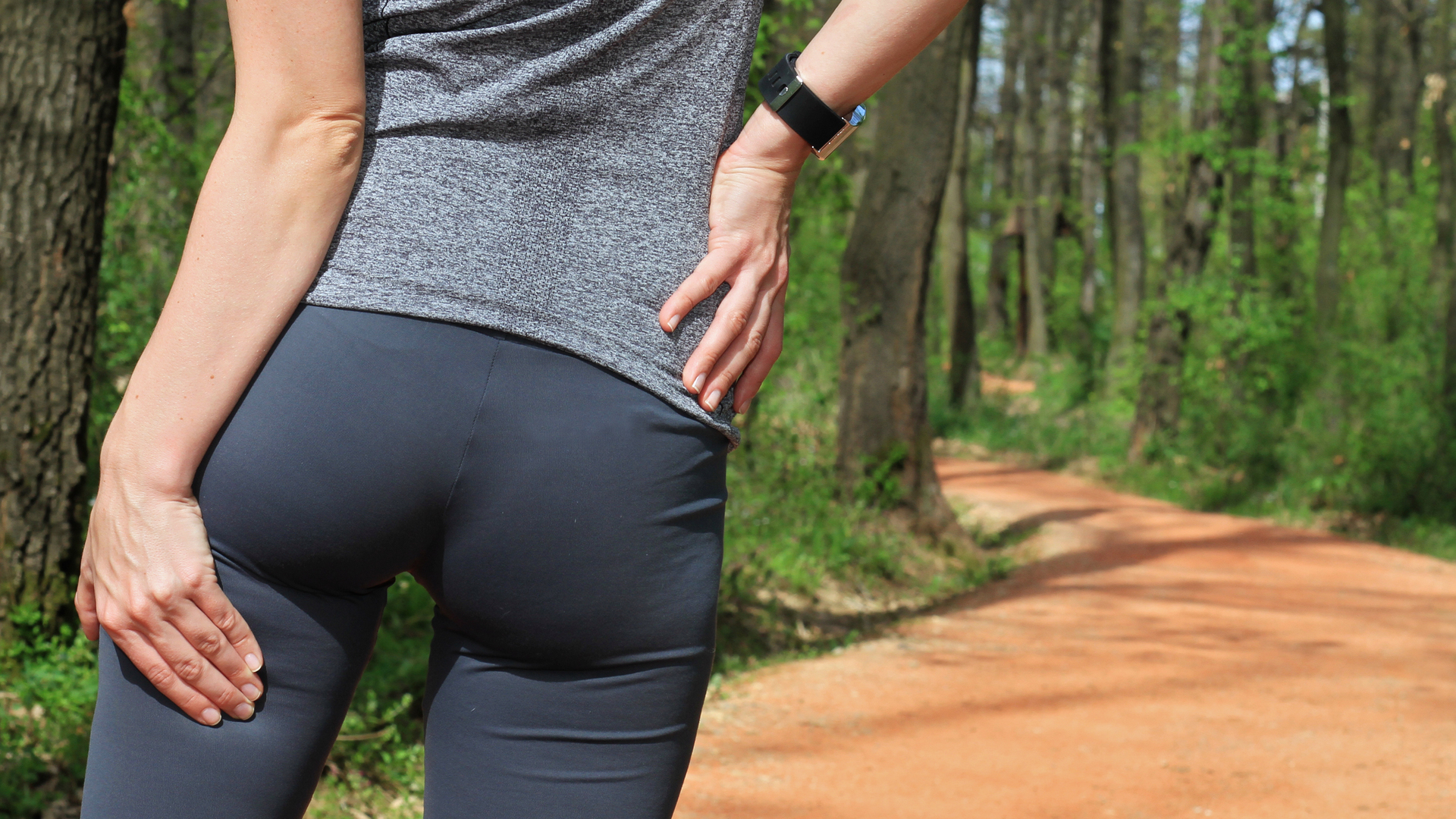
- Likely cause: Bursitis or IT band syndrome
Pain in the hips or tight hips after running is often overlooked but can be the symptom of a number of issues. "Possible causes include bursitis, IT band syndrome, tendinitis, or stress fractures," says Steph. It's usually the result of tendons in your hip becoming swollen and damaged from overuse. If you fail to treat it, you can cause worsening damage.
HOW TO FIX
You should determine the source of your pain before treating a hip injury. For bursitis or tendinitis, rest, ice, and elevation can help. For tight hips and IT band syndrome, strength training will prevent future injuries. "When the pain does not improve with additional rest/recovery modalities, if the pain changes running gait, or if the pain worsens overnight or during rest, seek medical advice," says Steph.
How do you prevent running injuries?
There are plenty of hacks to prevent running injuries. In short, appropriate rest, warm-ups/cool-downs, stretching and strength training, and proper running form are the best ways to keep aches, pains, and worsening problems at bay. "For trail runners, it’s also important to watch out for rocks and roots," warns Seth. "A trip or fall can easily set you back a few weeks or months if you land hard or sprain your ankle."
What about treating injuries:? "Overuse injuries are generally inflammatory in nature and thus cold application may be a good first line of self-treatment," says Irene. "Another general guideline is to reduce your mileage and progress more slowly, but it's always advisable to seek clinical care if pain does not improve, or worsens with time."
Whether you're an experienced runner or just setting out on your running journey, don't ignore these common pains. They might seem minor at first, but without intervention, your injuries are likely to worsen over time, potentially leading to further damage and making recovery times longer. The best course of action? Listen to your body and ensure your rest between runs.
Lilith is a freelance writer and trail runner based in the Derbyshire Dales. Living on the doorstep of Dovedale, she loves nothing more than heading out into the peaks to explore a new hill route. Besides running, she's also a keen hiker. Having finished the three peaks alongside her Dad, the pair are now turning their attention to the Lake District's Wainwrights and Scotland's Munros for 2025. At weekends, you'll likely find her running a fell race or scrambling up one of Derbyshire's limestone hills.
